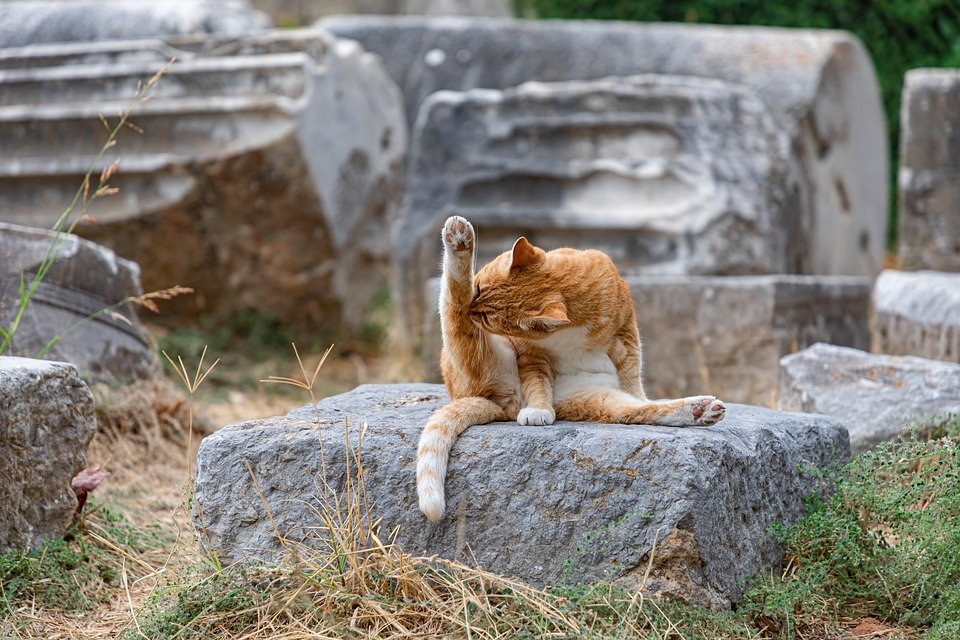
Mastering the Art of Grooming: Training Cats with Ease
Grooming is an essential aspect of a cat’s overall health and well-being. Not only does it help keep their coat clean and free of tangles, but it also allows you to bond with your feline friend. However, grooming can sometimes be a challenging task, especially for cats who are not used to being handled or have a fear of grooming tools. In this article, we will explore the art of grooming and provide tips on how to train your cat to enjoy the grooming process with ease.
Understanding Your Cat’s Behavior
Before delving into grooming techniques, it is crucial to understand your cat’s behavior. Cats are known for their independent nature and can be sensitive to changes in their environment. They may become anxious or defensive when faced with unfamiliar situations, such as grooming. It is essential to approach grooming with patience and understanding, taking into account your cat’s individual personality and preferences.
Training Your Cat for Grooming
Training your cat for grooming requires a gradual and positive approach. Start by introducing your cat to grooming tools, such as a brush or comb, in a calm and relaxed setting. Allow your cat to sniff and investigate the tools before gently touching them to their fur. Use treats and praise to reward your cat for staying calm and cooperative during the grooming session.
Gradually increase the duration of grooming sessions as your cat becomes more comfortable with the process. Be mindful of your cat’s body language and reactions, such as tail flicking or hissing, which may indicate discomfort or stress. If your cat becomes agitated, take a break and try again later.
Creating a Positive Grooming Environment
Creating a positive grooming environment is essential for training your cat to enjoy grooming. Choose a quiet and comfortable space for grooming sessions, free from distractions and loud noises. Use soft, gentle strokes when brushing your cat’s fur, avoiding tugging or pulling. Speak to your cat in a soothing voice and offer treats as a reward for good behavior.
Incorporate grooming into your cat’s routine to help them associate grooming with positive experiences. Make grooming a bonding activity by spending time with your cat during grooming sessions, providing affection and reassurance. Consistency is key in training your cat for grooming, so make sure to stick to a regular grooming schedule.
Addressing Grooming Challenges
Despite your best efforts, some cats may still struggle with grooming due to fear or anxiety. If your cat displays signs of aggression or distress during grooming, it is essential to seek professional help from a veterinarian or cat behaviorist. They can provide guidance on how to address grooming challenges and develop a tailored training plan for your cat.
In some cases, grooming may be difficult due to underlying health issues, such as skin allergies or arthritis. Regular veterinary check-ups are crucial to identify any health concerns that may affect your cat’s grooming routine. Your veterinarian can recommend grooming techniques and products that are safe and suitable for your cat’s specific needs.
Conclusion
Mastering the art of grooming requires patience, understanding, and a positive approach. By training your cat for grooming and creating a positive grooming environment, you can help your feline friend enjoy the grooming process with ease. Remember to be mindful of your cat’s behavior and reactions, and seek professional help if grooming challenges arise. With dedication and consistency, you can make grooming a rewarding and bonding experience for both you and your cat.






